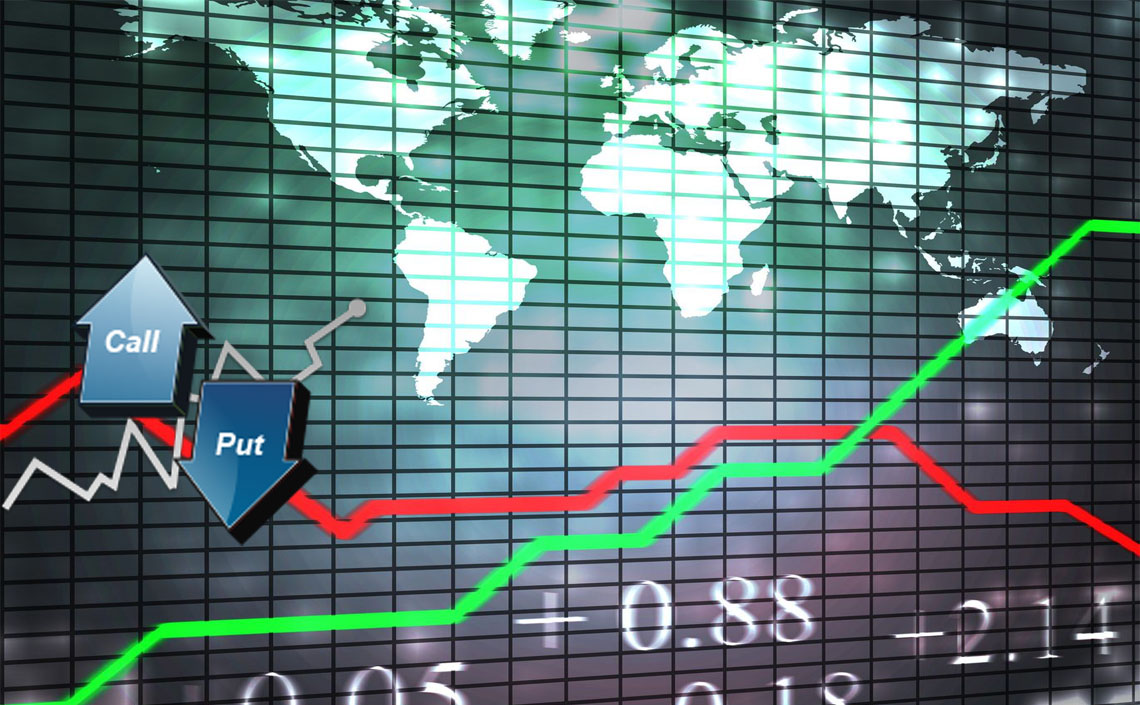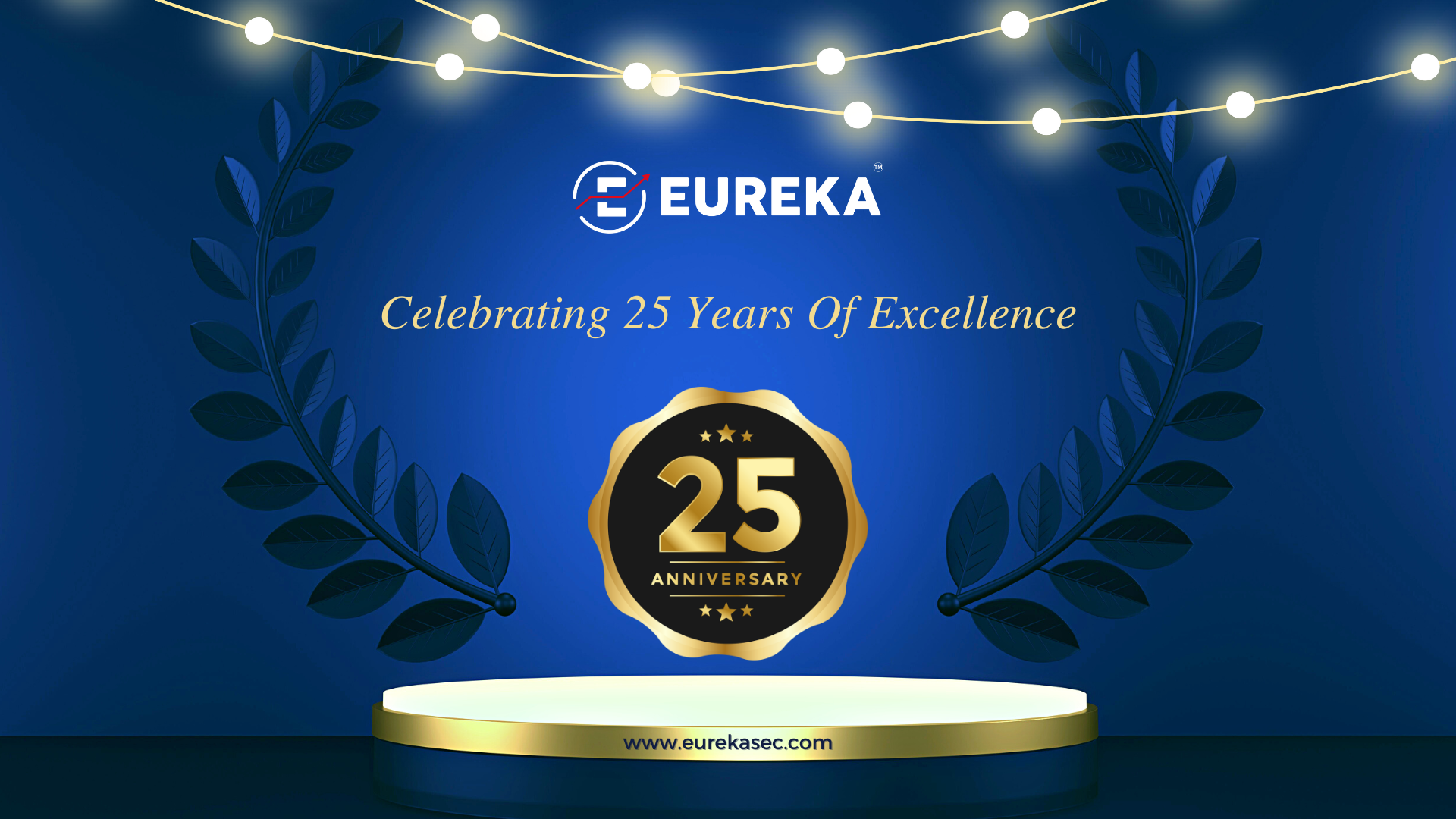
Now we shall look into the value of Option. The Option premium could be broken into two parts – Intrinsic Value and Time Value.
Intrinsic Value of the Option: The intrinsic value of a call is the amount the option is ITM, if it is ITM. If the call is OTM, its intrinsic value is zero. Putting it another way, the intrinsic value of a call is Max [0, (Spot Price — Strike Price)] which means the intrinsic value of a call is greater of 0 or (Spot Price — Strike Price). Similarly, the intrinsic value of a put is Max [0, (Strike Price — Spot Price)], i.e. greater of 0 or (Strike Price — Spot Price).
| Intrinsic Value of Call = Underlying Price – Strike Price |
| Intrinsic Value of Put = Strike Price – Underlying Price |
Suppose, Nifty Spot is now at 8600. A Call Option of strike price 8500 is ITM and it carries a premium of Rs. 120/- (say) then Rs. 100 is the intrinsic value of the Option Premium.
Time value of an option:The time value of an option is the difference between its premium and its intrinsic value. Both calls and puts have time value. An option that is OTM or ATM has only time value. Usually, the maximum time value exists when the option is ATM. The longer the time to expiration, the greater is an option”s time value, all else equal. At expiration, an option should have no time value.
Suppose, Nifty Spot is now at 8600. A Call Option of strike price 8500 is ITM and it carries a premium of Rs. 120/- (say) then Rs. 100 is intrinsic value, and rest Rs. 20 is Time Value.
For an OTM Option, there is no intrinsic value and the entire premium price is Time Value. Suppose Nifty Spot is trading at 8600; a Call Option of 8700 is OTM and it carries a premium of Rs. 40 (say) – which is entirely Time Value.
Intrinsic Value is affected only by the movement of the underlying asset whereas, Time Value is subject to several factors – the most important being ‘Time to expiration’. ‘Time to Expiration’ is the biggest challenge of Option Buyers, if it is not managed properly the premium can be eroded quickly and the Buyer of the Option would be at a loss. At the start of the series, the time to expiration remains high and the time value i.e, the premium price of OTM Option remains high, but as the expiry approaches, the time value gets eroded, the erosion speed enhances at the last week of expiry and on the expiry day it becomes zero.
So, if you buy a Call Option of deep OTM Strike at start of the series, you need to bet on a drastic move in your favor and that too very fast, in order to get profit from the trade. Otherwise, if the underlying moves sideways most of the time during expiry and rises near the expiry – you would find that you have not earned anything from the trade, inspite of the fact that your direction was right ultimately. In the case of buying OTM Call (or Put), you need to speculate the right direction, that is the basic criteria but at the same time you will have to compete with time. That is the reason you would find that in any series where number of trading days are less, the premium of OTM option erodes at a faster rate and in any series where number of trading days are comparatively high, the speed of erosion is much less.







